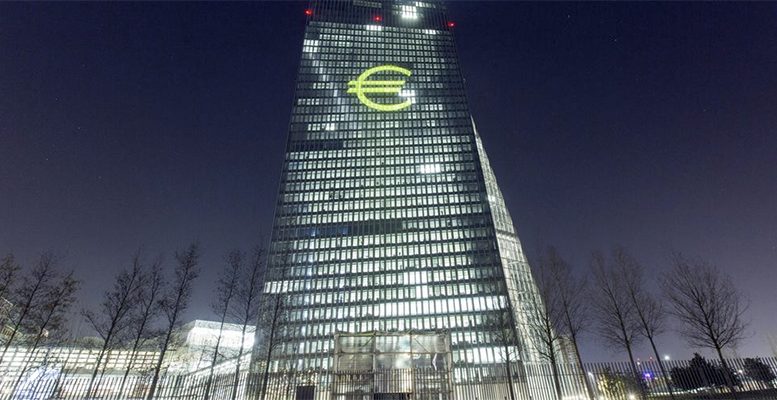The ECB purchased €20.3bn of assets over Jan, very close to the €20bn monthly target, effectively front-loading very little yet ahead of the summer lull. Interestingly, only 61% of the cash was invested in public sector assets. This is similar to what was recorded last November, when net QE purchases restarted. It is however much lower than the historical average – thereby supporting our view that this second round of QE will be a lot more focused on private sector bonds, as the ECB needs to ensure the “open-ended” nature of QE infinity. BoA Global Research analysts now expect PSPP to remain at 60% on avg.
Corporate and Covered bond purchases
Allocation to corporate bonds has averaged 20.6% under the 2nd round of the Corporate Purchase Programme (CSPP2.0), up from 11% during the CSPP1.0 era between Jun ’16 and Dec ’18. The ECB will have to rely more on corporate purchases and maintain our expectation of €5-6bn for net monthly CSPP buying.
Interestingly, the central bank has also relied heavily on covered bonds in January 2020, having purchased €3.7bn under its Covered Bond Purchase Programme (CBPP3). Whilst credit is a clear beneficiary of CSPP2.0, all private assets included in the ECB’s QE programme (corporate bonds, covered and ABS) have been under the spotlight.
Very volatile country breakdown of net PSPP purchases
Since QE restarted, the country breakdown of net PSPP purchases has been volatile, contrasting very much with the patterns observed in the first round of purchases (when the monthly breakdown was closely related to capital key levels). This is likely the result of the change in the reinvestment strategy: in QE1, the ECB used to reinvest the proceeds of maturing bonds in the same month they were paid (or in the surrounding two months if warranted by market liquidity conditions). However, the ECB changed the process in 2019, distributing reinvestments throughout the year to allow for a regular and balanced market presence. As a result, countries where redemptions are large on a certain month will see low (or even negative) net ECB purchases. In January, this was notably the case for Germany, the Netherlands and Spain.
The experts at BoA Global Research were surprised however by the volatility in net EU Supras purchases (which amounted to just 2% of net PSPP in Jan). We had understood the reinvestment rule to be unchanged from QE1. If that is indeed the case, we could see quite a significant pick-up in net EU supras purchases in Feb-Mar (with Feb at over 1.7bn if PSPP is of 12bn net).
Redemptions to fall in Feb, driving lower gross PSPP flows
While the country breakdown of net PSPP buying can be volatile as reinvestments are spread over the year, it is still important to look at the monthly redemption numbers, given they then imply a certain level of total gross PSPP purchases. That is indeed the case if one assumes that the ECB will try to maintain relatively stable monthly net PSPP levels – bar for front-loading purposes ahead of the Aug/Dec lulls. The drop in Feb redemptions therefore suggests a significant decline in gross PSPP purchases, unless the ECB decides to heavily front-load Aug purchases as early as in Feb.





